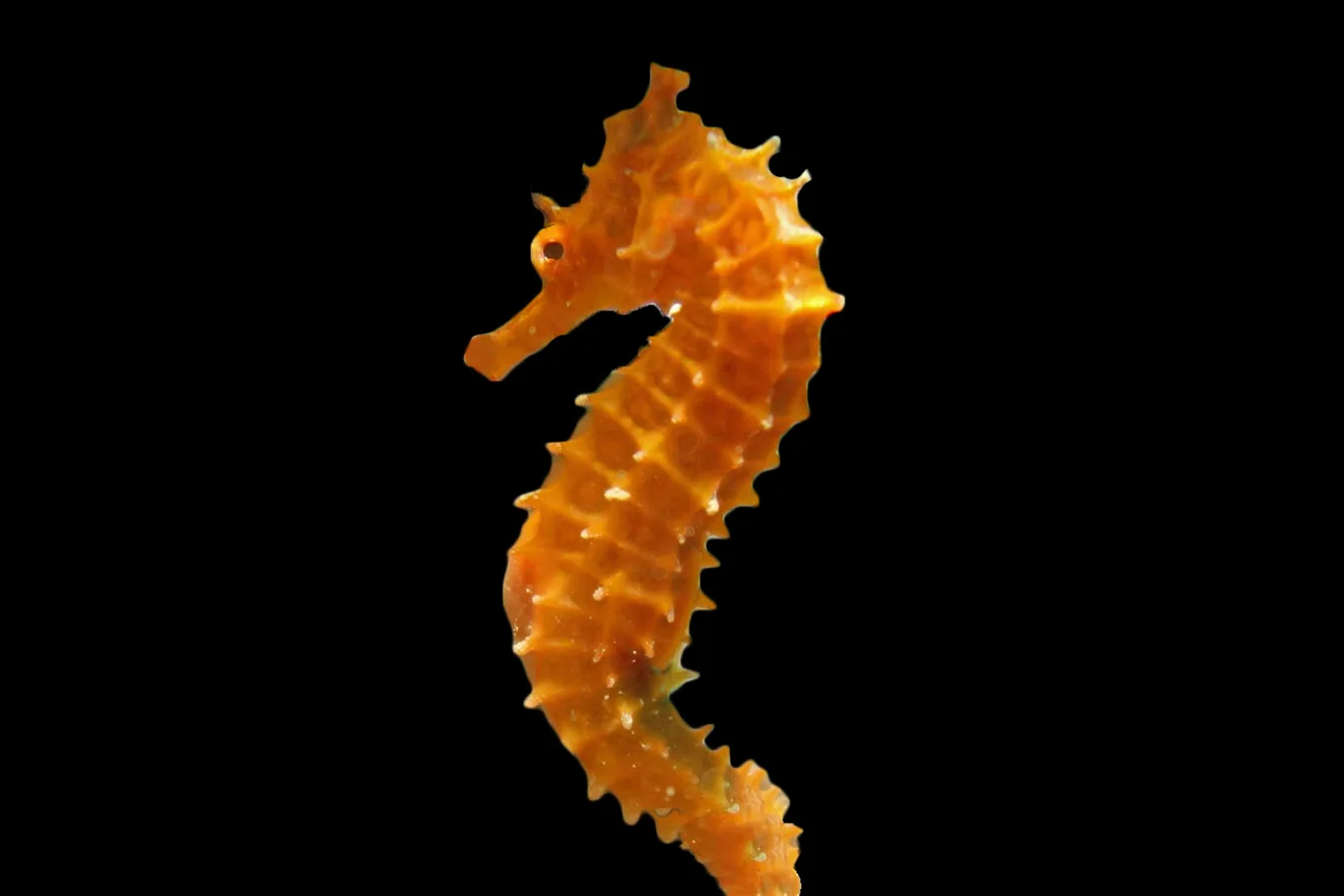Related products
Narrow Bellied Seahorse
Please Note: Due to variations within species, your item may not look identical to the image provided. Approximate size range may also vary between individual specimen.
Deep dive >
Quick Stats
- Dietry Requirements
- Compatible With
- Maximum Fish Size (cm)
- Minimum Tank Size (L)
- Same Species Aggression
- Other Species Aggression
- Care Requirements
The Narrow Bellied Seahorse colouration may change in the aquarium and is highly dependent on the colours of its environment.
It does best when kept as either a single, mated pair, or with a small group of its own kind in a species-only aquarium of 200 litres or larger. The Narrow Bellied Seahorse will get along well with small, shy fish such as gobies, ocellaris and percula clowns, and firefish. But aggressive, territorial fish, or fast-moving fish do not make good companions.
Fast, aggressive fish will out-compete the Narrow Bellied Seahorse for food. When first introduced into the aquarium, live saltwater feeder shrimp should be used to entice this fish to eat. They will also feed upon amphipods, and other small crustaceans found in live rock. They will also accept vitamin-enriched adult brine shrimp, but should not make up a majority of their diet. They are slow, deliberate feeders and prefer two or more small feedings per day.
Seahorses spend most of their time clinging to seagrass with their prehensile tail rather than swimming. Its many unusual features and habits make it perhaps the most spectacular fish that may be kept in the home aquarium.

